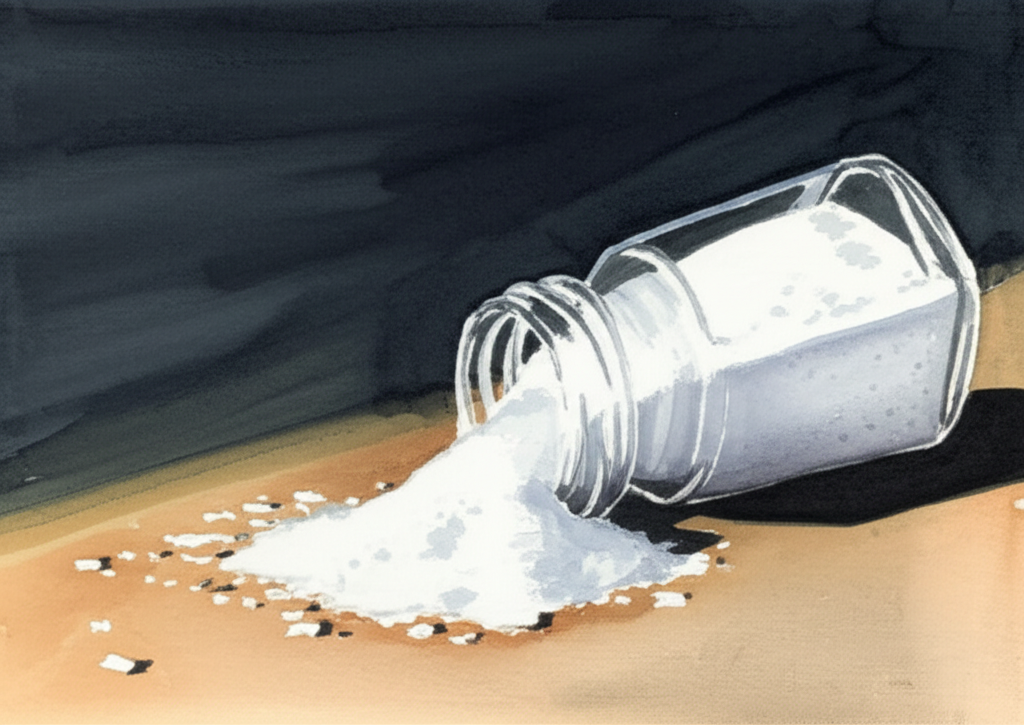
The act of spilling salt has long been associated with bad luck and misfortune, a superstition rooted in the historical value of salt and interwoven with cultural beliefs and religious symbolism. This seemingly simple accident has sparked a variety of traditions and remedies aimed at warding off negative consequences.
Historically, salt held immense value and was considered a precious commodity. Prior to modern refrigeration, salt played a vital role in food preservation, directly impacting survival rates. Cities often flourished near salt mines, and salt routes served as precursors to major trade routes. The difficulty in obtaining salt, especially before mechanized mining techniques and efficient evaporation methods, contributed to its high cost and scarcity. Consequently, spilling salt was considered unlucky due to its economic value and potential loss.
Beyond its practical importance, salt also acquired religious and symbolic significance. In ancient Greek and Roman religious ceremonies, salt was used in various rituals. The Catholic Church continues to use salt in the creation of holy water. These religious associations led to the perception that spilling salt was an act against sacred principles, potentially inviting the influence of malevolent forces. Some believe that the superstition was further solidified by Leonardo da Vinci’s depiction of the Last Supper, where Judas Iscariot is shown overturning a salt cellar.
The belief in the Devil’s presence is a recurring theme in the salt-spilling superstition. Medieval folklore suggested that the Devil lurked behind a person’s left shoulder, waiting for an opportunity to cause harm. This belief gave rise to the common practice of throwing a pinch of spilled salt over the left shoulder, aiming to strike the Devil in the face and prevent him from inflicting further misfortune. This action was intended to counteract the negative energy released by the spilled salt.
Cultural variations exist in how the superstition is interpreted and addressed. In Norway, it was believed that the amount of salt spilled corresponded to the amount of tears that would be shed to dissolve it, indicating the extent of future misfortune. In Turkic folklore, a white angel was believed to reside on a person’s right shoulder, while a black angel resided on the left. Spilling salt and throwing it towards the left shoulder was thought to blind the black angel, preventing it from sabotaging future endeavors.
In modern interpretations, the superstition surrounding spilled salt persists, though often with a more lighthearted approach. While some may still take the practice of throwing salt over the left shoulder seriously, others view it as a quaint tradition or a humorous response to an everyday accident. The superstition’s endurance highlights the enduring power of folklore and its ability to shape human behavior, even in a world far removed from the historical context that initially gave rise to the belief.